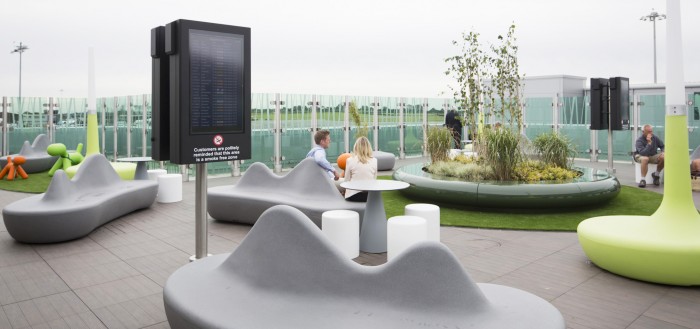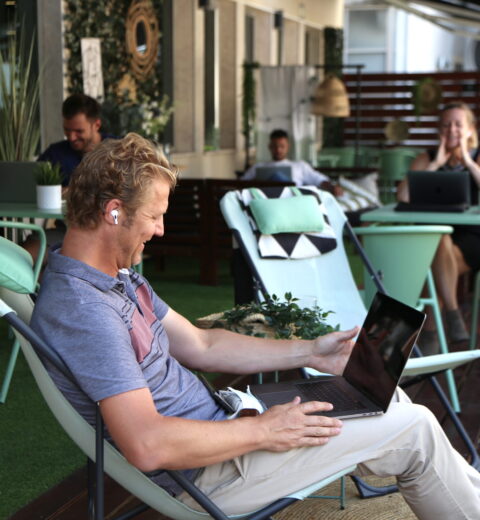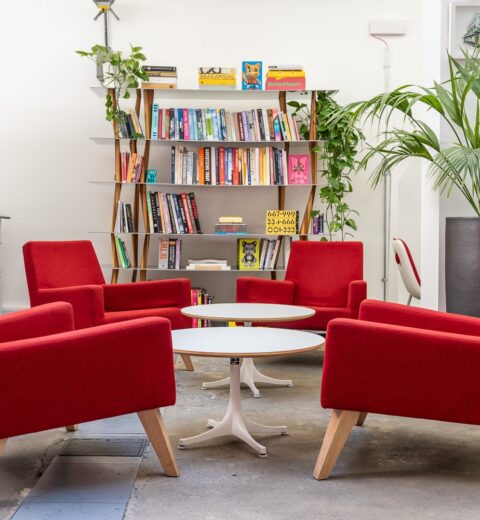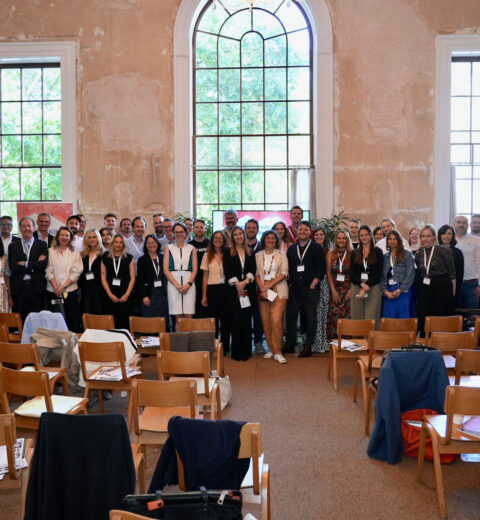How is Wellbeing Reshaping the Workplace :: Interview with Pier Andrea Notari, Lead Designer, HTS
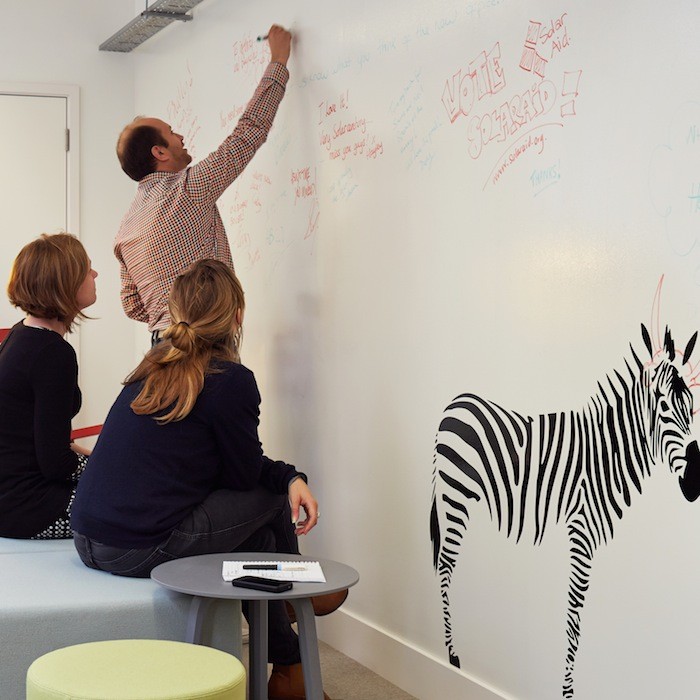
Our changing modes of work are reshaping the traditional office space as we know it. With growing focus and research into employees satisfaction, productivity and wellbeing, workplace design becomes an imperative tool for creating an environment, where not only work, but people thrive.
An expert in this field, with over 15 years experience in Workplace and Retail design in France, the UK, Switzerland and China, we are sitting down with Pier Andrea Notari, Lead Designer, Harmsen Tilney Shane (HTS), whose extensive portfolio of work with leading brands unveils the growing importance of “people” as a factor for office design. HTS’s analytical, evidence-based approach to design has given them an unrivalled body of research into the workplace and we are thrilled to learn more curious industry insights from Pier Andrea:
eOffice: What are the main aspects of design that HTS focuses on?
Pier Andrea Notari: People actually. That is what we are really all about. Not desks or storage or sofas or walls. Finding out what people need and what they want from their workplace. How we can make it better and how we can engage them in transforming their organisation. Making their jobs better facilitated and their working hours more productive and enjoyable.
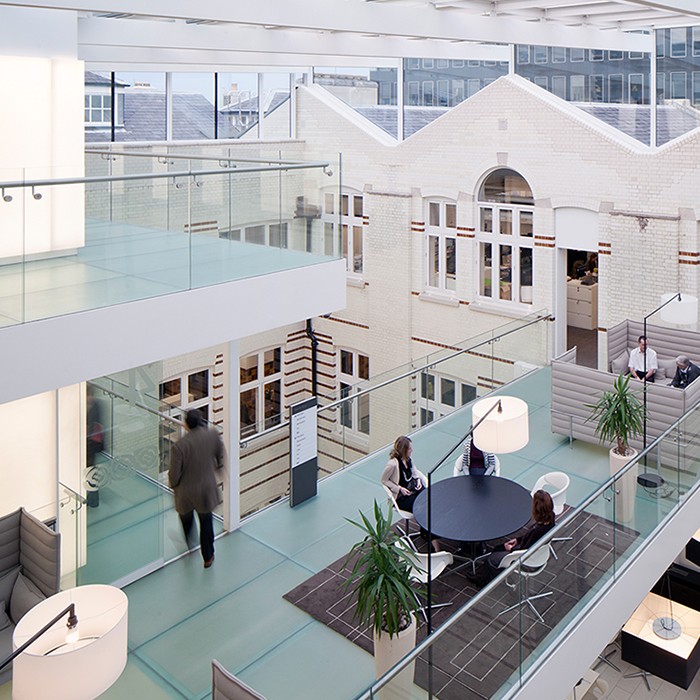
eOffice: What are the main factors changing the landscape of the workplace environment?
Pier Andrea Notari: Workplaces have always been influenced by social behaviors therefore any evolution of the society reflects in the way we work. Technology is a factor of course as it allows a more flexible working approach for many (but not all) sectors.
Well-being is another factor as well. As the workplace became a ‘home away from home’ for many of us and – as a home – it has to be comfortable and respond to the needs of the end users, whether it relates to temperature, noise, natural light and olfaction.
The awareness from both employers and employees of the importance of the well-being in the workplace is a game changer.
I personally reckon ‘Choice’ is the word. Choice of whether performing tasks in an open space where a team work is involved as well as doing it in a more private environment when the need is to focus. The choice of being away from the desk to reconnect with co-workers or just to relax and let the stress go in a comfortable environment.
It is also important to highlight how designing flexible and activity based spaces, such as informal meeting areas or huddle, can avoid companies paying for extra space that is not needed (i.e. large/formal, often empty, meeting rooms) and promote creative thinking amongst employees.
There is so much more to say I could go on for hours..
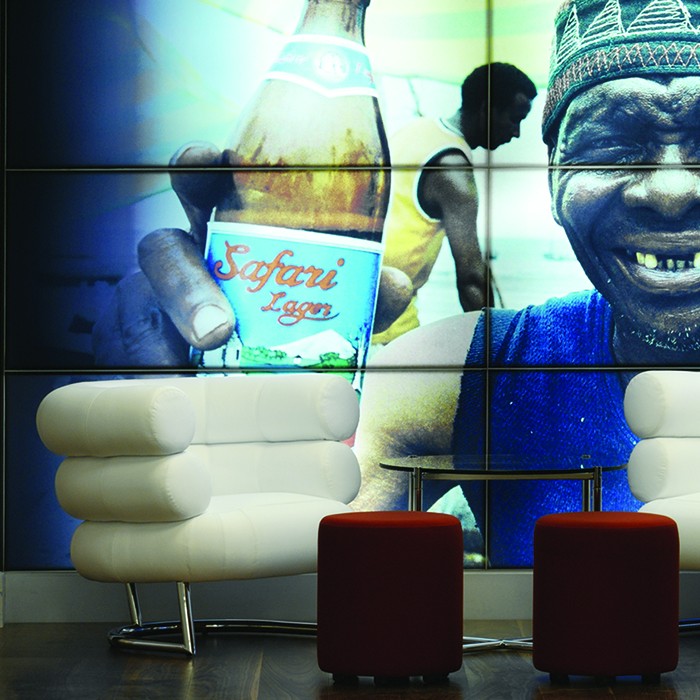
eOffice: Which area of the office space is transforming in line with the different needs of the Millennials?
Pier Andrea Notari: As a non-millennial by age but a millennial by mentality I can tell that infrastructures are the main area. Beside break out space or amphitheaters that we can see in many designs, people in general – and millennials in particular – are first looking for facilities that allow them to pursue their lifestyle in the office as well as out. We have been asking for showers, lockers and bike racks more and more in the past year. Which means a healthy lifestyle needs to be included in a contemporary office design.
The Kitchen is another space that is affected by a millennial-minded approach. As in every decent party the kitchen is where the fun happens the same principle can apply to office spaces. The kitchen is where people meet for a coffee or an informal meeting, where collaboration starts and where employees feel free to speak their minds, rather than in a meeting room with ten pair of eyes staring at them.
As I mentioned break out spaces and flexible workstations are not optional in the majority of office designs anymore as they became as indispensable as a fast and reliable Wi-Fi connection. No one wants to be either looking at an endless field of cubicles and desks in an open space or get online like it’s 1989 anymore.
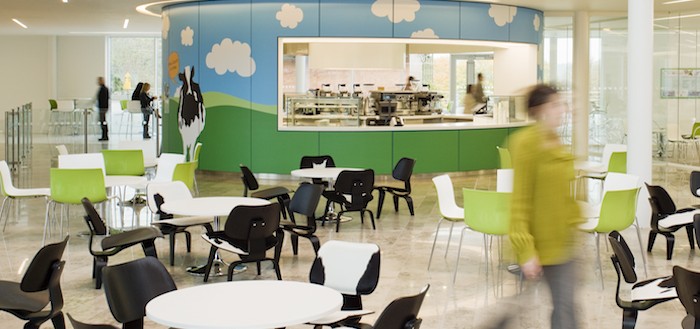
eOffice: Which exciting project are you working on at the moment?
Pier Andrea Notari: Our clients are drawn from many sectors, therefore not one project is the same. We work closely with our clients to create inspiring and sustainable environments deriving from evidence based design solutions with an emphasis on peoples’ well-being. We recently completed a project for the East Terminal of Bristol Airport (which involved retail, leisure and a roof terrace too – believe it or not) and Fieldfisher, a multinational law firm with headquarters in London. Quite different clients and end users but definitely interesting solutions for both. We are also carrying on with phase 2 of with GDF Suez’s office relocation and design in Canary Wharf.
London and the Regional markets are quite lively and we always try to involve a certain degree of a ‘wow’ factor in what we design.
